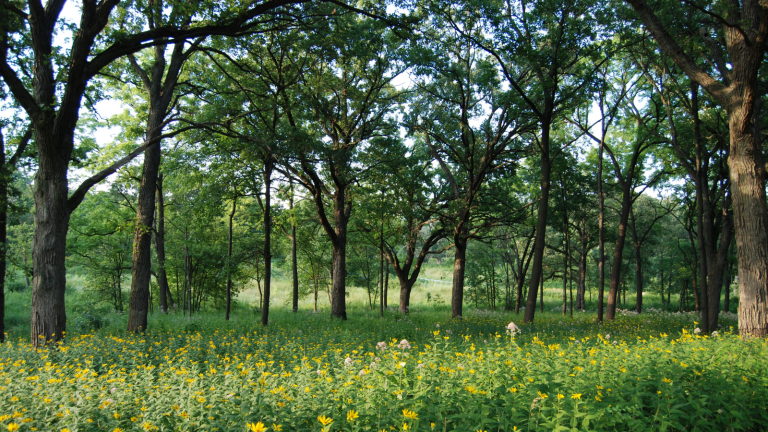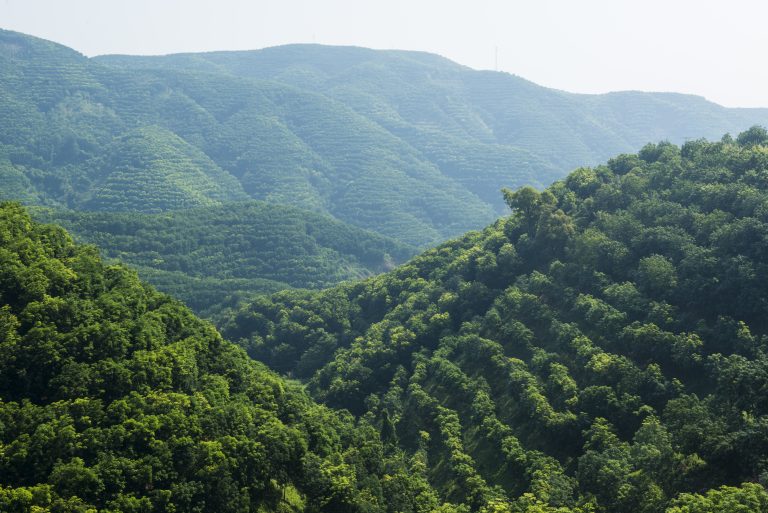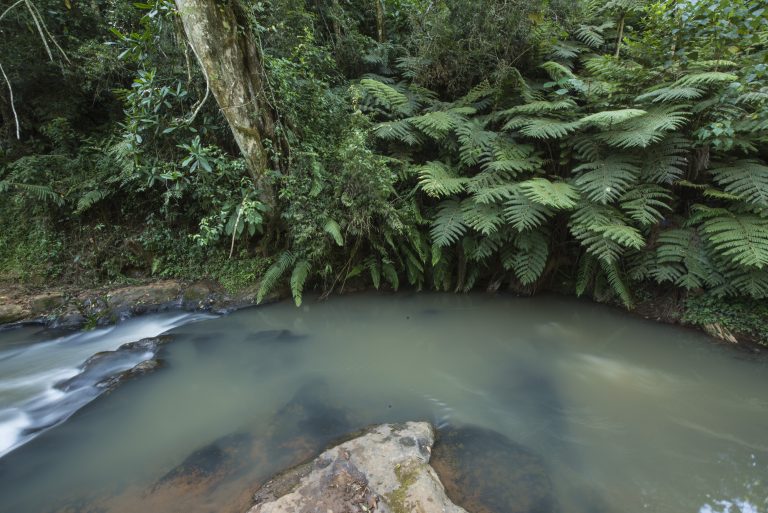Biodiverse ecosystems supply oxygen, clean air, and water, ensure sustainability for all life forms, and are more resilient to a changing climate or other disasters.
However, the world is currently facing a biodiversity crisis. At least 17,500 of the world’s tree species are threatened with extinction, representing almost a third of all species.
This crisis is being accelerated by well-intentioned solutions to climate change such as tree planting schemes. By promoting the planting of non-native species that displace or damage biodiversity, the approach is accelerating the extinction of species and in many cases is increasing CO2 emissions.
The Global Biodiversity Standard has been designed to to halt this crisis, to promote, protect and enhance a more biodiverse and climate resilient natural world.

A single oak tree (Quercus robur) supports the life cycles of 2,300 species of mammals, birds, insects, fungi, lichens, and other plants.

Trees define and form the major structural components of forest ecosystems that cover approximately 31% of the world’s land surface.

Forests contain about 50% of the world’s terrestrial carbon stocks and over 75% of the world’s accessible freshwater is obtained from forested catchments.

Trees provide many ecosystem services through water purification, erosion prevention, flood defence, carbon sequestration, air temperature control, and regulation of air quality.
The Global Biodiversity Standard would not be possible without the contribution and collaboration of a number of organisations.
Our Technical partners include Botanic Gardens Conservation International, CIFOR-ICRAF, Ecosia, the IUCN Species Survival Commission, the Plan Vivo Foundation, Reforest’Action, Society for Ecological Restoration, 1t.org.
Our Region Hub partners include; Arariba Jardim Botanico, Auroville Botanical Gardens, Centre For Ecosystem Restoration – Kenya, Huarango Nature, Missouri Botanical Garden, Royal Botanic Garden Jordan, Tooro Botanical Gardens, and Tropical Rainforest Conservation & Research Centre.
The Global Biodiversity Standard is coordinated by Botanic Gardens Conservation International. BGCI is an independent organisation registered in the United Kingdom as a charity (Charity Reg. No. 1098834) and a company limited by guarantee (No. 4673175).
This website uses cookies so that we can provide you with the best user experience possible. Cookie information is stored in your browser and performs functions such as recognising you when you return to our website and helping our team to understand which sections of the website you find most interesting and useful.
Strictly Necessary Cookie should be enabled at all times so that we can save your preferences for cookie settings.
If you disable this cookie, we will not be able to save your preferences. This means that every time you visit this website you will need to enable or disable cookies again.